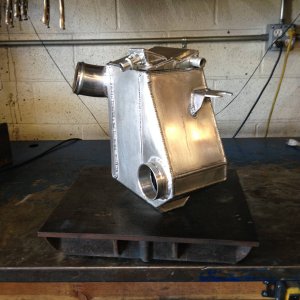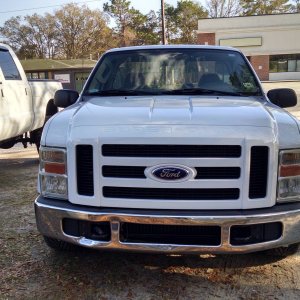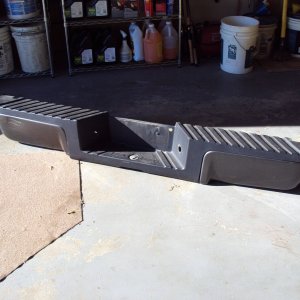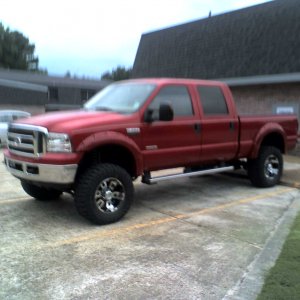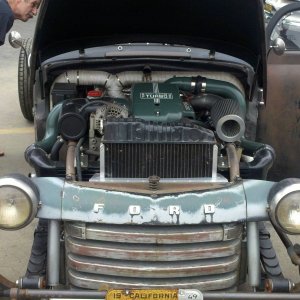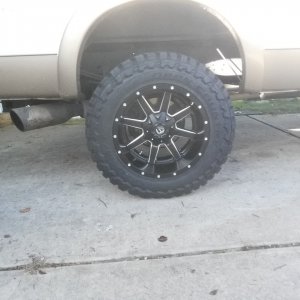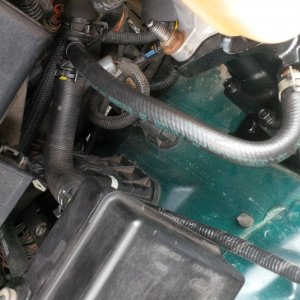I know what you mean about the 800hp truck... my point was how many guys pushing 600+ hp have checked to see if they have a slight leak. The guys I know that went and checked were very disappointed.
I'm sure you're right. There are probably a bunch of guys who are none the wiser. Ignorance is bliss in this case LOL
Here is another thought/theory that I have been going over recently.
PSI tensile strength is the maximum amount of force the stud can take
Clamping force is exhibited by torquing the stud down.
The closer you get to reaching the maximum tensile strength the more clamping force
I know this must sound simple to some guys but it makes me wonder exactly where the stud reaches the maximum tensile strength and yields. 215, 240, 260 etc... you want to get as close as possible to the yielding point without passing it. ARP would never tell you the exact figure. They must guestimate a little low. There are so many different variables that could come into affect that needs to have a little fudge room. Probably the most important being the torque wrench being calibrated correctly and also being used correctly.
This is why some shops do not use a torque wrench for the last few turns. They just use a certain number of turns... which essentially is just stretching the stud to a certain point everytime. I could actually see this method being more acurate than a tq wrench in reaching the same clamping force everytime... but not sure how you achieve a baseline.
I'm sure ARP has some sort of safety margin built in. I know for the product line I work in we use a 0.4 MOS for commercial applications and 1.0 MOS for space/flight/loss of life.
The torque wrench in itself is just not the most accurate way. This is exactly why my company uses hydraulic tensioners. We just calculate the stretch needed to get a certain clamping force and then hydraulically stretch the stud to where we want it. No need to worry about torque scatter etc. Just hit a button and go.
In theory you could easily calculate the stretch needed and how many turns needed to do that using the TPI of the stud. It would be interesting to try that out. Figure out the math, torque a set of studs down using the angle needed and calculate the height. If you had a good solid foundation to rest a gauge you could measure the difference in height of the stud I'm sure.
I would really like to see length measurements of the studs before and after a crazy high torque, or after head gaskets were blown on one of these.
Oh how I wish these were 6 bolts per cylinder design.... :bowfast:

